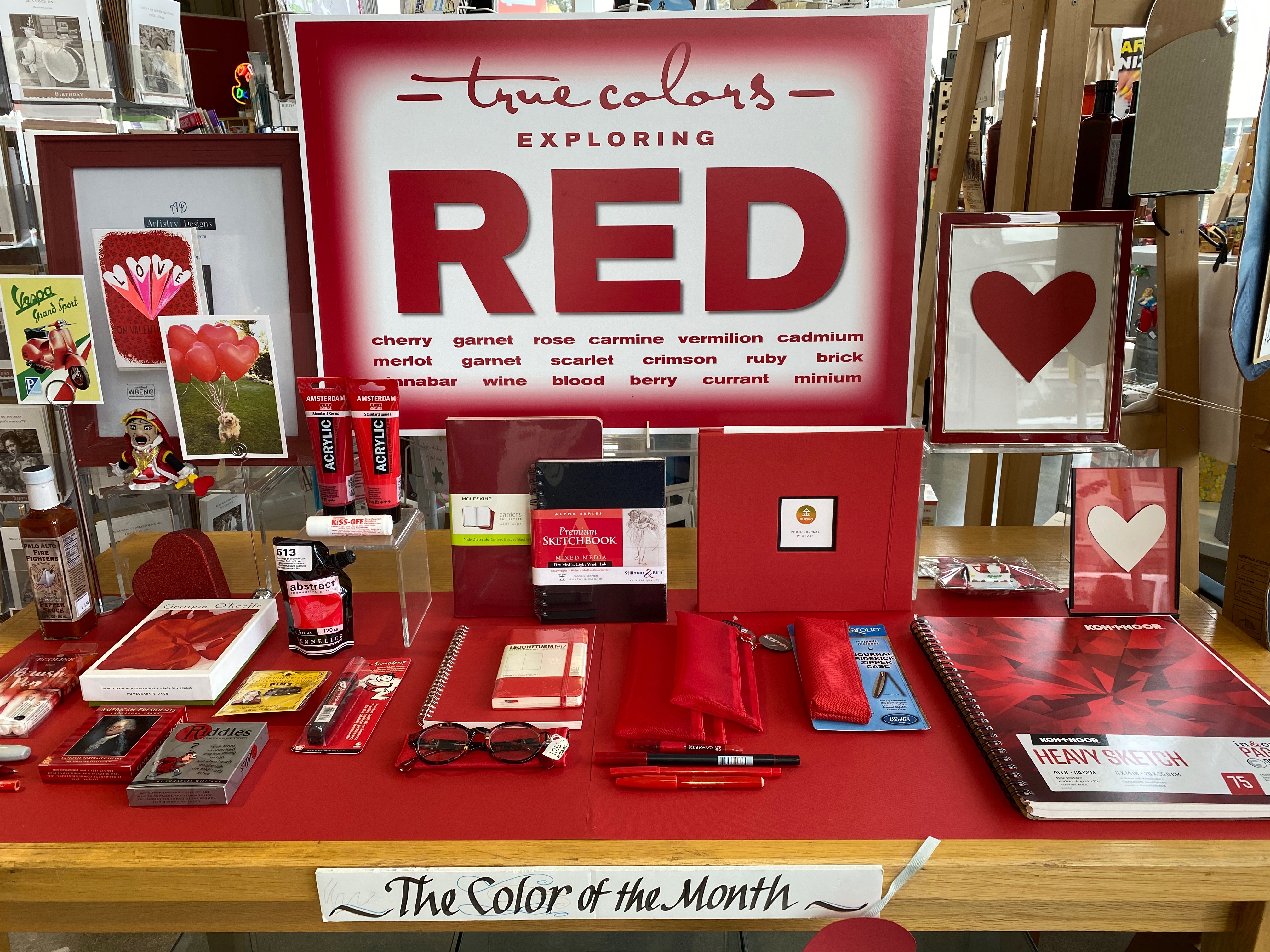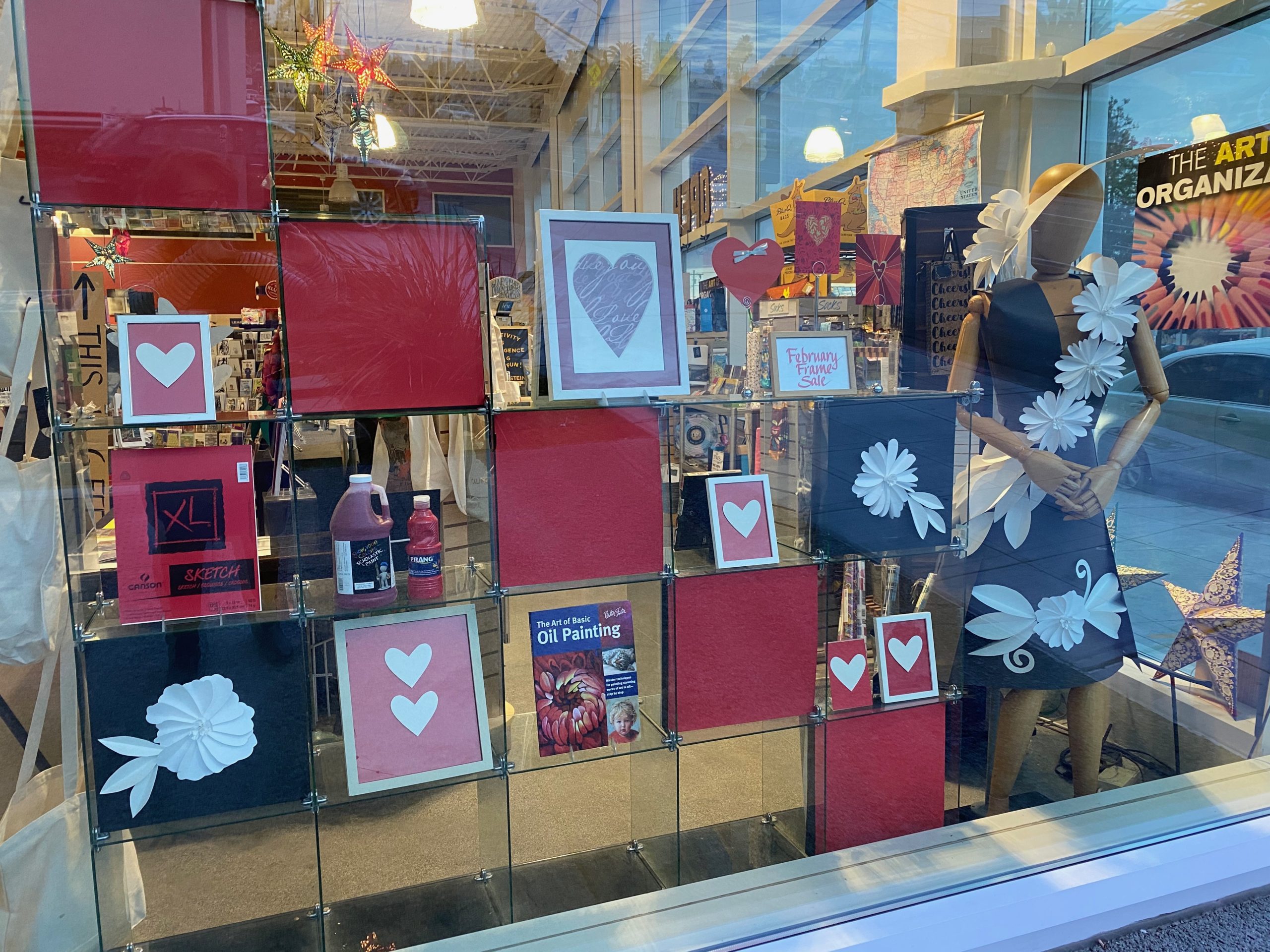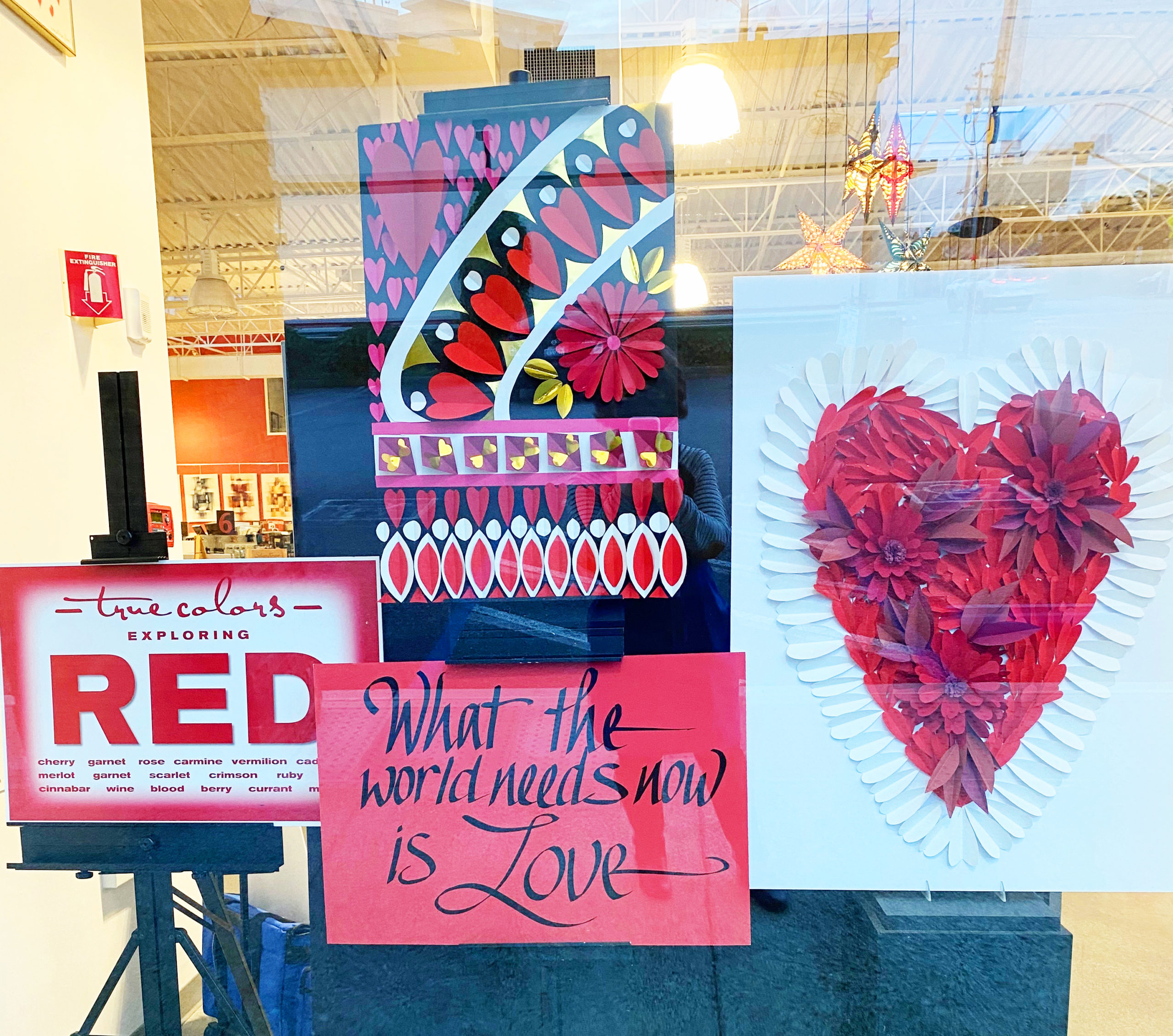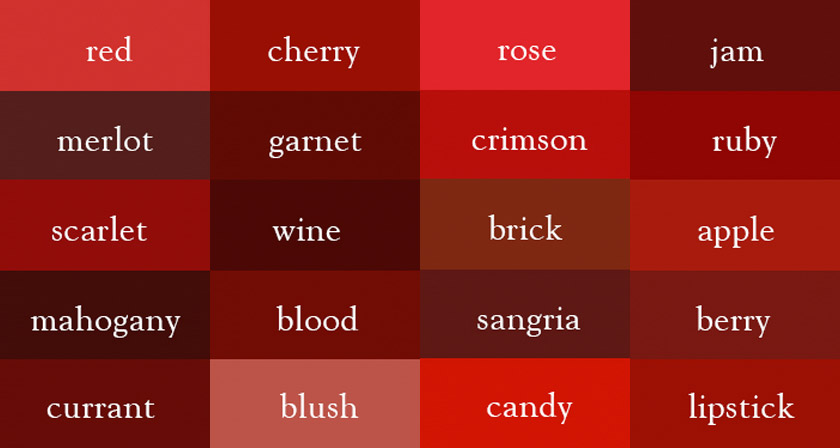

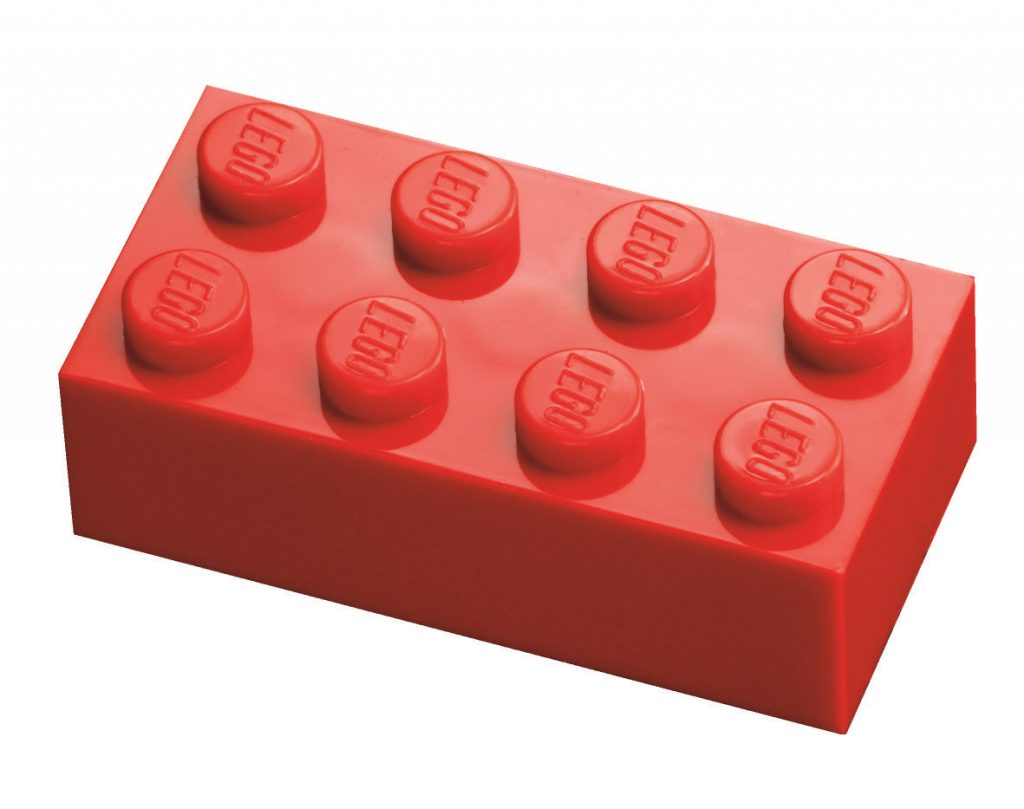


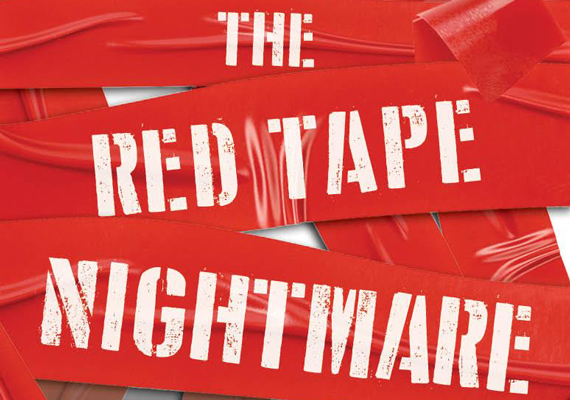
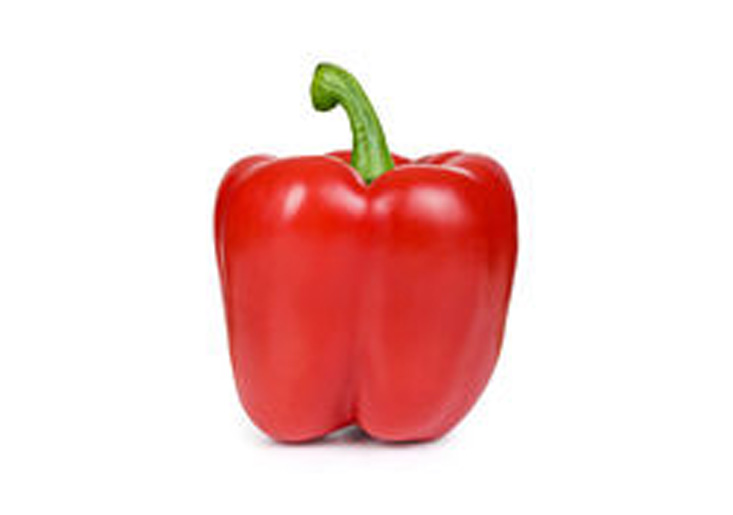

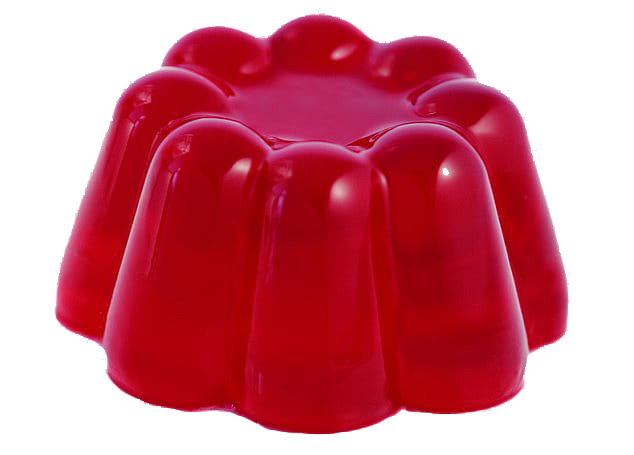

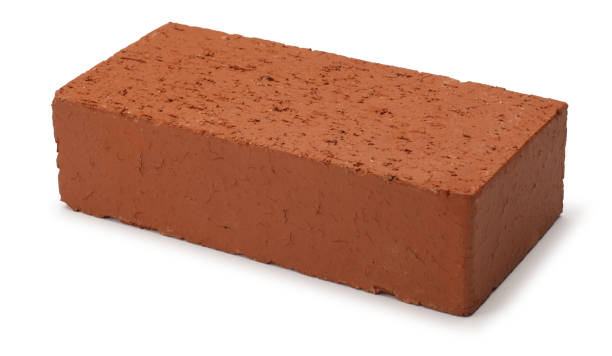
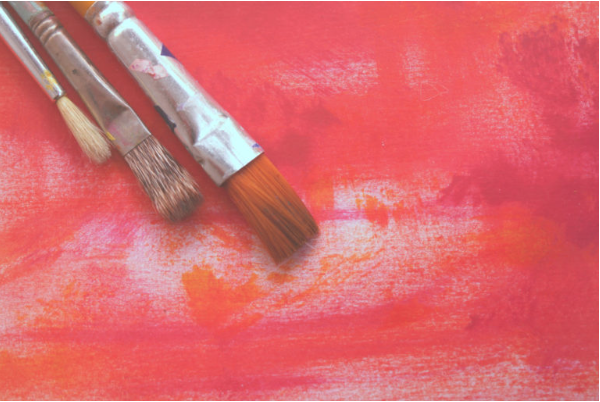
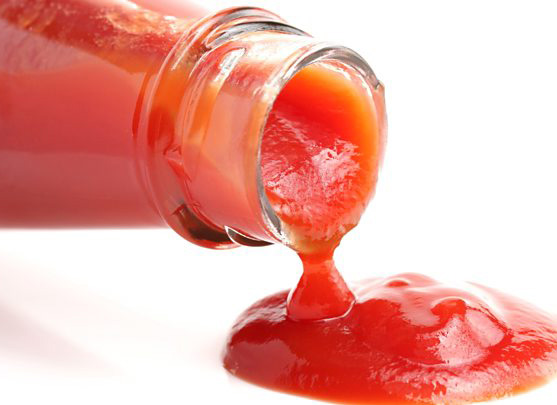
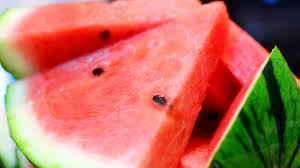
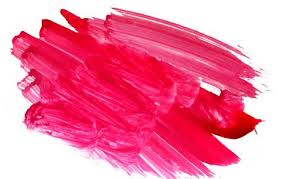

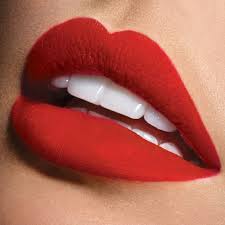
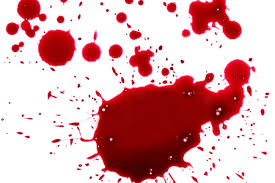
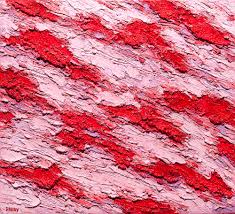





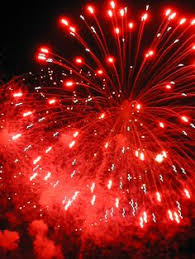
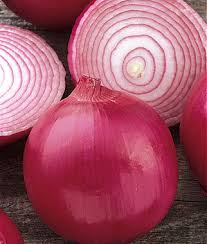

See our RED store windows at bottom of post!
Red “is the archetypal color, the first color humans mastered, fabricated, reproduced, and broke down into different shades.” As such, it dominated visual culture for centuries. With the advent of the Protestant Reformation, however, people began to view the shade as gaudy, even immoral, and its preeminence began to fade. Today, both blue and green surpass red as the West’s favorite colors.
But the bold hue—whether crimson, vermilion, cardinal, or scarlet—still retains power. Red artworks fetch the highest prices at auction. Red is the color of revolution, of seduction. And its story is far from over. The scientists who last year announced the discovery of a new blue pigment are now hunting for a never-before-seen red. From some of humanity’s earliest cave paintings to Mark Rothko’s immersive abstract canvases, red has played an important role in art through the ages.
Red has been part of our palette since the very beginning of human history. Ochre—a naturally occurring pigment that is the source of earthy shades of brown, orange, and yellow—is red when it is composed of hematite. Neanderthals were using red ochre as far back as 250,000 years ago, in a region that has since become the Netherlands. Some scientists believe that these early cultures applied the color to their bodies as decoration; others think it may have been used in more practical ways, perhaps as an adhesive or a method of softening animal hides. Later, during the Upper Paleolithic period, early artists began employing the pigment as paint. The dusky red bison dotting the cave walls of Altamira in Spain are some of the oldest, dated between 20,000 and 14,000 BC.
Red is the color of extremes. It’s the color of passionate love, seduction, violence, danger, anger, and adventure. Our prehistoric ancestors saw red as the color of fire and blood – energy and primal life forces.
Red signifies action, fire, charity, spiritual awakening. It also glorifies the sun and the joy of life and love. Red is a bright, warm color that evokes strong emotions. Red is associated with heat, warmth and comfort. Red is also considered an intense, or even angry, color that creates feelings of excitement or intensity.
If you want to stand out and grab the spotlight, wear red. It’s the color of energy and is the symbol of life. Wearing red is empowering and affords confidence.
Red pigment made from ochre was one of the first colors used in prehistoric art. … Since red is the color of blood, it has historically been associated with sacrifice, danger and courage.
Red brings text and images to the foreground. Use it as an accent color to stimulate people to make quick decisions; it is a perfect color for ‘Buy Now’ or ‘Click Here’ buttons on Internet banners and websites. In advertising, red is often used to evoke erotic feelings (red lips, red nails, red-light districts, ‘Lady in Red‘, etc). Red is widely used to indicate danger (high voltage signs, traffic lights). Red is also commonly associated with energy, so you can use it when promoting energy drinks, games, cars, items related to sports and high physical activity.
Light red represents joy, sexuality, passion, sensitivity, and love.
Pink signifies romance, love, and friendship. It denotes feminine qualities and passiveness.
Dark red is associated with vigor, willpower, rage, anger, leadership, courage, longing, malice, and wrath.
Reddish-brown is associated with harvest and fall.
Red flag, blood red, red alert, red in the face, red line, red hot, red herring, red flag, beet red, in the red, red-handed, red eye, red-letter day, see red, red tape, red carpet, red head, red-white and blue, red ink, red breasted, red army, red light…
